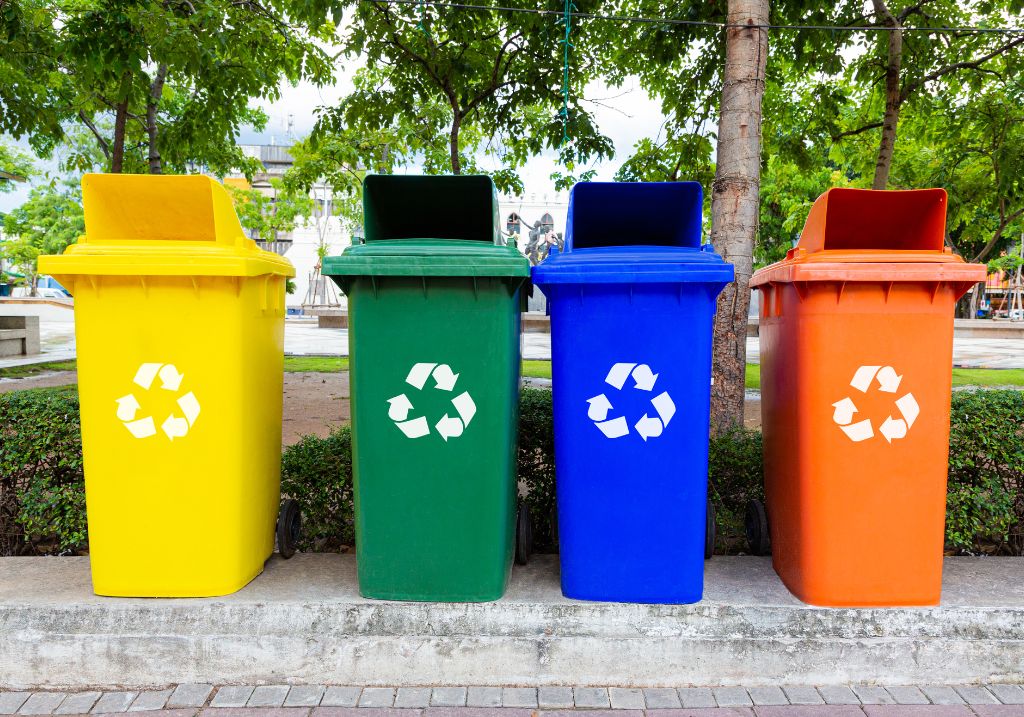How to help kids sort out the trash in your household
Transforming your home into an eco-friendly space can be a fun adventure for kids. Here's how you can make sorting trash engaging and educational:
Color-Coded Bins
Imagine a row of bright, colorful bins lined up in your home. The green bin is adorned with pictures of fruits and vegetables, perfect for organic waste like food scraps and garden clippings. The yellow bin features recycling symbols, encouraging kids to toss in paper, plastic, glass, and metal. The red bin stands out with warning symbols, ready to safely collect hazardous waste like batteries and electronics. Finally, the blue bin with a trash symbol awaits general waste that can't be recycled.
Labels with Icons
Each bin sports clear labels with friendly icons and simple words, making it easy for kids to know exactly where each item belongs. This visual guide helps them learn and remember the sorting process.
Accessible Placement
Strategically place these bins at kid-friendly heights in places they frequent, like the kitchen or play area. This encourages them to participate actively and makes sorting a natural part of their routine.
Miniature Bins for Practice
Introduce small, toy-sized bins for practice. These miniature versions allow kids to play sorting games, reinforcing their understanding in a fun and interactive way.
Interactive Sorting Station
Create a dedicated sorting station with bins and example items. Kids can practice sorting and get hands-on experience, turning learning into playtime.
Having lots of different trash bins in your house is not a waste of money, it's important. Food scraps and leftovers in the kitchen often get mixed in with other types of trash, making the useful things unusable. That's why the kitchen needs more than 3 trash bins - one for organic food waste, one for recyclable things like plastic and containers, and one for regular trash that can't be reused. The garden also needs at least two bins - one for leaves and branches, and one for regular garbage. The leaves and branches can be turned into compost to help plants grow. But having the bins is just the first step. The most important thing is to use them properly and sort the trash regularly. Adults must teach kids how to do this, so it becomes a good habit. Caring for the environment is important. Learning about different types of trash and sorting it the right way is a good first step towards a cleaner, healthier world. If we all do our part, our homes and our country will be better places to live. Let's start sorting our trash today to take care of the Earth!
By organizing your household in this way, you not only teach kids about waste management but also make it an enjoyable and rewarding activity. This system sets the foundation for lifelong eco-friendly habits.








